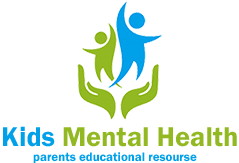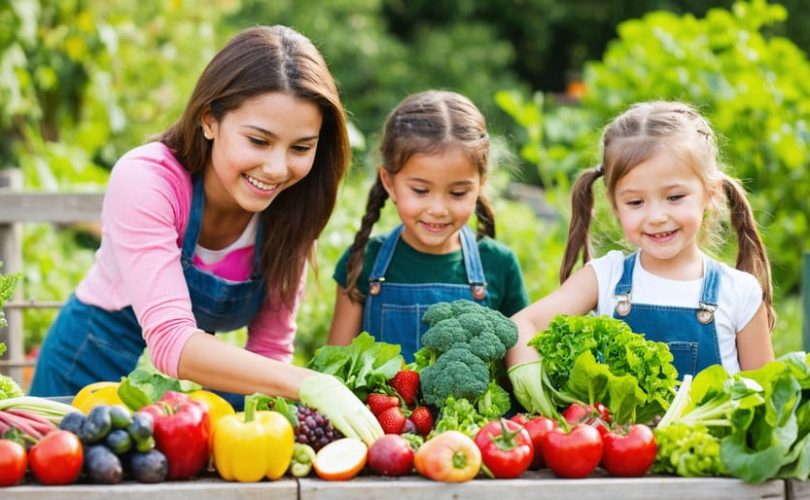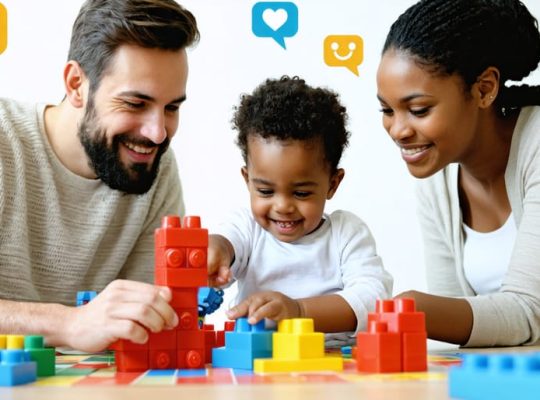Transform your elementary school’s wellness program by integrating movement, mindfulness, and nutrition education into daily classroom activities. Young students who participate in regular health-focused activities show improved academic performance, better emotional regulation, and stronger social connections with their peers. From energizing morning stretches to calming afternoon meditation sessions, these age-appropriate wellness activities create a foundation for lifelong healthy habits while making learning more engaging and fun.
Research shows that children who engage in regular physical activity and wellness practices are 40% more likely to maintain healthy lifestyle habits into adulthood. Beyond the physical benefits, these activities help develop crucial life skills like self-awareness, stress management, and healthy decision-making. By incorporating simple yet effective wellness routines into the school day, educators and parents can work together to nurture both the bodies and minds of our young learners.
Whether you’re a teacher looking to enhance your classroom environment or a parent seeking to support your child’s well-being, implementing structured health and wellness activities provides elementary students with the tools they need to thrive academically, socially, and emotionally. Let’s explore practical, evidence-based strategies that make wellness education both accessible and enjoyable for young learners.
Making Nutrition Fun and Interactive
Garden-to-Table Projects
Garden-to-table projects offer elementary students a hands-on approach to understanding nutrition and developing healthy eating habits. By participating in school garden activities, children experience the joy of growing their own food while learning valuable lessons about science, responsibility, and environmental stewardship.
Start by creating a small garden space where students can plant vegetables, herbs, and fruits. Even container gardens on a windowsill can provide meaningful learning experiences. Children love watching their seeds sprout and tracking plant growth through garden journals. This connection to food sources helps them develop a deeper appreciation for fresh, wholesome ingredients.
Complement gardening activities with age-appropriate cooking classes. Simple recipes like fresh salads, smoothies, or vegetable wraps allow students to transform their harvest into healthy meals. During these sessions, children learn basic kitchen safety, measuring skills, and food preparation techniques while building confidence in making nutritious choices.
Teachers can integrate garden-to-table activities into various subjects. Math comes alive through measuring plot spaces and calculating harvest yields. Science lessons explore plant life cycles and nutrition. Language arts benefit from garden-themed creative writing and recipe reading.
Parents report that children who participate in garden-to-table programs are more willing to try new vegetables and show increased interest in healthy eating at home. These activities create lasting positive associations with nutritious foods while fostering environmental awareness and community connections.
Remember to celebrate successes with harvest parties or classroom taste-testing sessions, making healthy eating a fun, social experience for everyone involved.
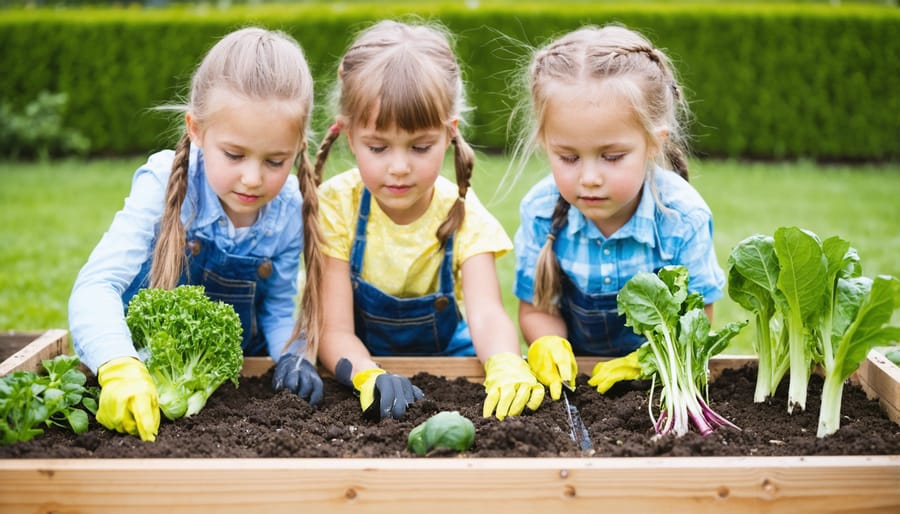
Food Group Games
Making nutrition education fun and interactive helps children develop healthy eating habits that can last a lifetime. One engaging activity is the “Food Group Sorting Race,” where students work in teams to sort picture cards of different foods into their correct food groups, competing to see who can categorize them fastest and most accurately.
“My Plate Rainbow” is another creative game where children collect colored paper pieces representing different food groups to create their own balanced meal plate. This hands-on activity helps them understand portion sizes and the importance of eating a variety of foods.
The “Nutrition Superhero” game encourages students to create their own superhero characters powered by healthy foods. Children draw their heroes and explain which nutritious foods give them special powers, like carrots for super vision or milk for strong bones.
“Food Group Bingo” puts a nutritional twist on the classic game. Instead of numbers, cards feature different foods, and students learn to identify items from various food groups while having fun. Teachers can use real fruits and vegetables as markers for an added sensory experience.
“Food Group Charades” gets kids moving while learning about nutrition. Students act out different foods while their classmates guess not only the food but also its food group. This activity combines physical movement with nutritional education, making it doubly beneficial for young learners.
These games can be adapted for different grade levels and can incorporate seasonal foods or cultural dishes to make them more relevant and inclusive for all students. Remember to celebrate effort and learning rather than focusing on winning, creating a positive atmosphere around healthy eating choices.
Physical Activities That Feel Like Play
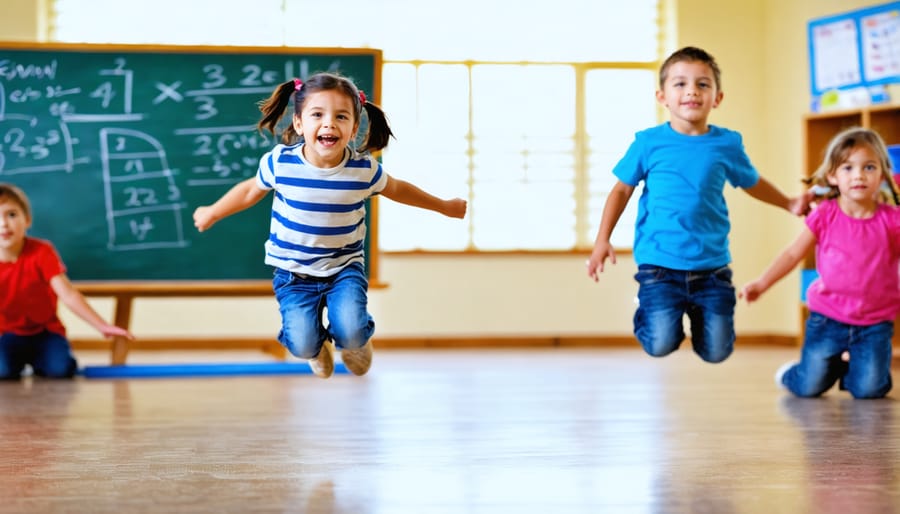
Movement-Based Learning
Movement-based learning transforms traditional classroom lessons into dynamic, engaging experiences that benefit both body and mind. When children move while learning, they’re not just burning energy – they’re creating stronger neural connections that enhance memory and understanding. Just as mindfulness benefits for children include improved focus and emotional regulation, physical movement during lessons helps students stay alert and engaged.
Consider having students act out vocabulary words through charades, jump rope while practicing multiplication tables, or walk along a number line drawn on the floor. Science lessons become more memorable when students move like different animals or demonstrate the rotation of planets around the sun. For language arts, children can physically act out stories or form letters with their bodies.
One elementary teacher, Ms. Rodriguez, shares, “When I incorporated movement into our geography lesson by having students ‘travel’ across a giant floor map, their retention of country locations improved dramatically. Plus, they were genuinely excited to learn!”
Simple movement breaks between lessons also help students reset and refocus. Try “desk exercises” like shoulder rolls, seated marches, or stretching sequences. For group activities, lead students in “brain breaks” that combine learning objectives with movement – like having them hop in place while spelling words or doing jumping jacks while counting by fives.
Remember to keep movements age-appropriate and inclusive, ensuring all students can participate regardless of physical ability. The goal is to make learning active, fun, and accessible while supporting healthy physical development.
Team-Building Exercise Games
Team-building exercises offer elementary students a wonderful opportunity to develop social skills through teamwork while staying physically active. Here are some engaging group activities that combine fitness with friendship-building:
The Human Knot is a classic exercise where students stand in a circle, join hands with different classmates, and work together to untangle themselves without letting go. This activity promotes problem-solving, communication, and gentle stretching.
“Bridge Building” challenges small groups to create human bridges using their bodies while maintaining safe positions. Students learn trust, cooperation, and body awareness while strengthening their core muscles.
“Animal Farm Relay” combines imagination with movement. Teams move across the playground mimicking different animals – hopping like rabbits, crawling like crabs, or galloping like horses. This game builds cardiovascular fitness while encouraging creativity and group coordination.
“Partnership Balance” pairs students together to create balanced poses, teaching body awareness and trust. Partners might stand back-to-back and link arms, slowly sitting down and standing up together.
“Mirror Movement” has pairs face each other, taking turns leading and following each other’s movements. This exercise enhances focus, coordination, and non-verbal communication while promoting physical activity.
Remember to rotate partners regularly so children interact with different classmates. Always start with simple activities and gradually increase complexity as students build confidence. Celebrate effort and teamwork rather than competition, ensuring every child feels included and valued in these group exercises.
Mindfulness and Emotional Wellness
Kid-Friendly Meditation
Teaching children to meditate doesn’t have to be complicated. Start with simple, playful exercises that make mindfulness feel natural and fun. The “Rainbow Breath” technique, for example, invites children to imagine breathing in their favorite color and spreading it throughout their body like warm sunshine.
Another engaging practice is the “Butterfly Body Scan,” where children lie down, close their eyes, and imagine a gentle butterfly landing on different parts of their body, helping them relax one area at a time. This exercise promotes body awareness and relaxation without feeling too serious or structured.
For fidgety students, try the “Silent Superhero” meditation. Children sit quietly for one minute, imagining they’re charging up their superhero powers through calm breathing. This approach makes stillness feel more purposeful and exciting.
The “Five Senses Check-In” helps ground children in the present moment. Guide them to notice five things they can see, four things they can touch, three things they can hear, two things they can smell, and one thing they can taste. This exercise works particularly well during transitions or when children feel overwhelmed.
Remember to keep meditation sessions short – typically 3-5 minutes for younger children and up to 10 minutes for older elementary students. Use gentle reminders that there’s no “wrong way” to meditate, and celebrate small moments of mindfulness with genuine enthusiasm.
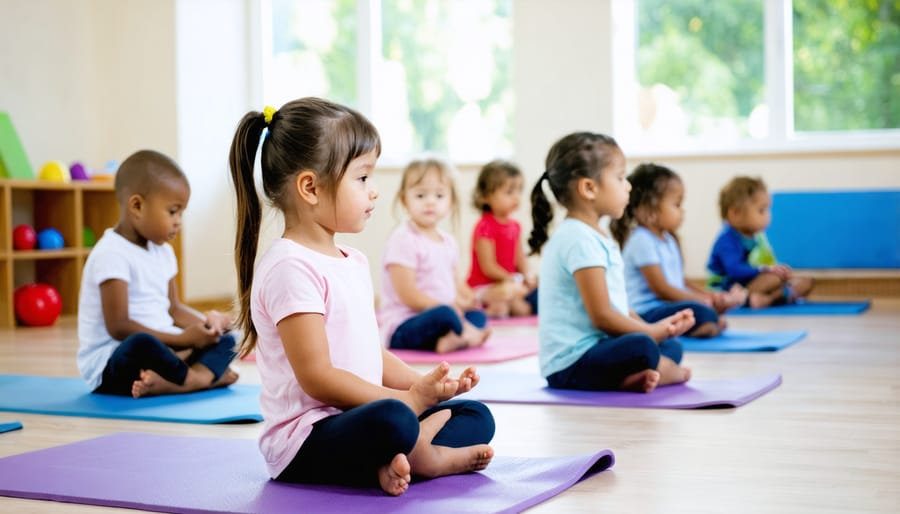
Stress-Relief Activities
Children face various stressors in their daily lives, from academic pressures to social challenges. Teaching them strategies for managing emotions effectively can help build resilience and create healthy coping mechanisms.
One powerful activity is the “Calm Corner,” where students can access stress-relief tools like squeeze balls, coloring materials, and breathing cards. This dedicated space allows children to decompress when feeling overwhelmed.
The “Feelings Journal” encourages students to express their emotions through writing or drawing. This creative outlet helps children process their feelings while developing emotional awareness. Teachers report that students who regularly journal show improved emotional regulation.
“Movement Breaks” incorporate simple stretches, yoga poses, or dance sessions between lessons. These physical activities release tension and boost mood naturally. As one elementary teacher shares, “When my students seem stressed, we do our favorite ‘Rainbow Dance’ – they stretch up high for red, twist for orange, and so on. It always brings smiles to their faces.”
“Mindful Minutes” introduce children to basic meditation and breathing exercises. The popular “Balloon Breathing” technique – where children imagine inflating and deflating a balloon in their belly – helps calm anxious thoughts.
Creating friendship bracelets or working with clay provides tactile stress relief while fostering creativity and social connections.
Creating Healthy Habits at Home
Creating healthy habits at home reinforces the wellness activities children learn at school, making them more likely to stick. As parents, you play a crucial role in nurturing these positive behaviors through daily routines and activities.
Start by establishing a consistent sleep schedule, aiming for 9-11 hours of sleep each night for elementary-aged children. Create a calming bedtime routine that includes relaxing activities like reading together or gentle stretching.
Make mealtimes a family affair by involving your children in meal planning and preparation. Let them help with age-appropriate tasks like washing vegetables or measuring ingredients. This hands-on approach naturally teaches nutrition while making healthy eating fun and engaging.
Transform physical activity into family bonding time. Take evening walks together, have dance parties in the living room, or play active games in the backyard. Remember, children often mirror their parents’ behaviors, so modeling an active lifestyle is essential.
Create designated quiet spaces for homework and relaxation. Stock these areas with stress-relief tools like coloring books, fidget toys, or meditation cards. Teaching children to recognize when they need quiet time helps develop emotional awareness and self-regulation skills.
Practice gratitude as a family by sharing daily highlights during dinner or before bedtime. This simple habit strengthens emotional wellness and helps children maintain a positive outlook.
Keep screen time in check by establishing technology-free zones and times in your home. Instead, encourage creative play, outdoor exploration, and face-to-face interactions.
Remember to celebrate small victories and progress rather than focusing on perfection. If your child tries a new vegetable or completes their morning routine independently, acknowledge these achievements with specific praise.
By incorporating these wellness practices into your daily family life, you’re helping your child build lifelong healthy habits while creating precious memories together.
Incorporating health and wellness activities into elementary students’ daily routines creates a strong foundation for lifelong well-being. When children engage in regular physical activity, mindfulness practices, and nutrition education, they develop habits that support both their physical and emotional health. Research consistently shows that students who participate in these activities demonstrate improved academic performance, better social skills, and increased self-confidence.
By making wellness activities fun and engaging, we help children understand that taking care of their health can be enjoyable rather than a chore. The positive impacts extend beyond the classroom, influencing family dynamics and creating healthier communities. Teachers report that students who participate in regular wellness activities show better focus, reduced anxiety, and improved classroom behavior.
As we continue to prioritize children’s health and wellness, it’s essential to maintain consistency and enthusiasm in implementing these activities. Whether at school or home, every small step toward better health makes a difference. Let’s commit to supporting our children’s well-being through these engaging activities, creating a generation of healthy, confident, and resilient individuals who understand the importance of taking care of themselves.
